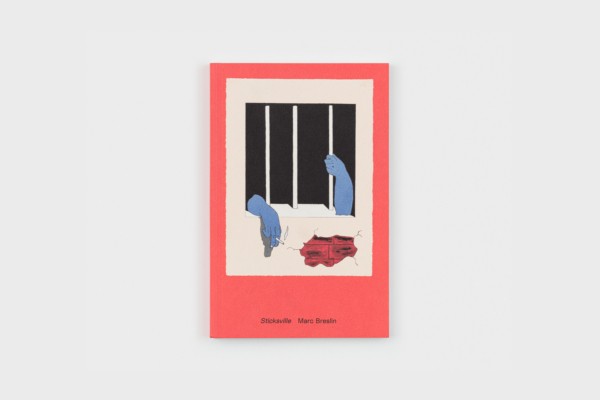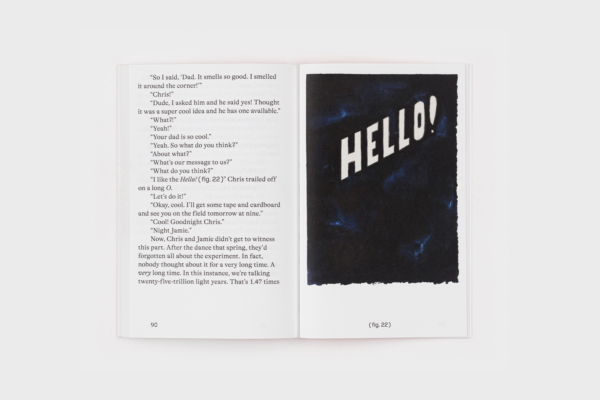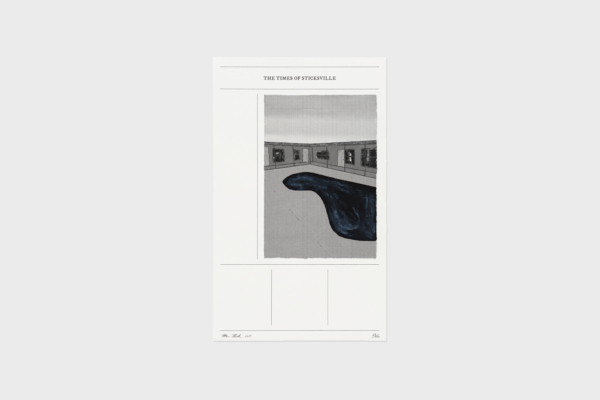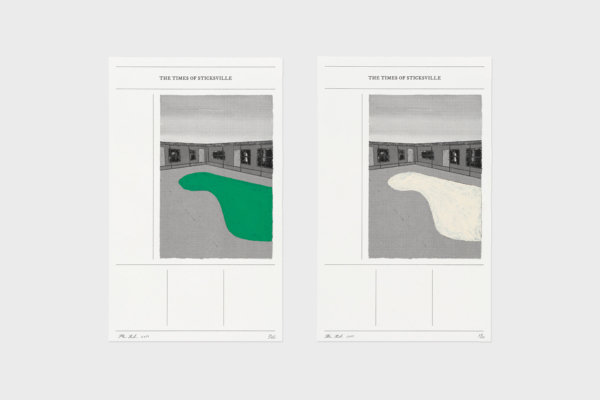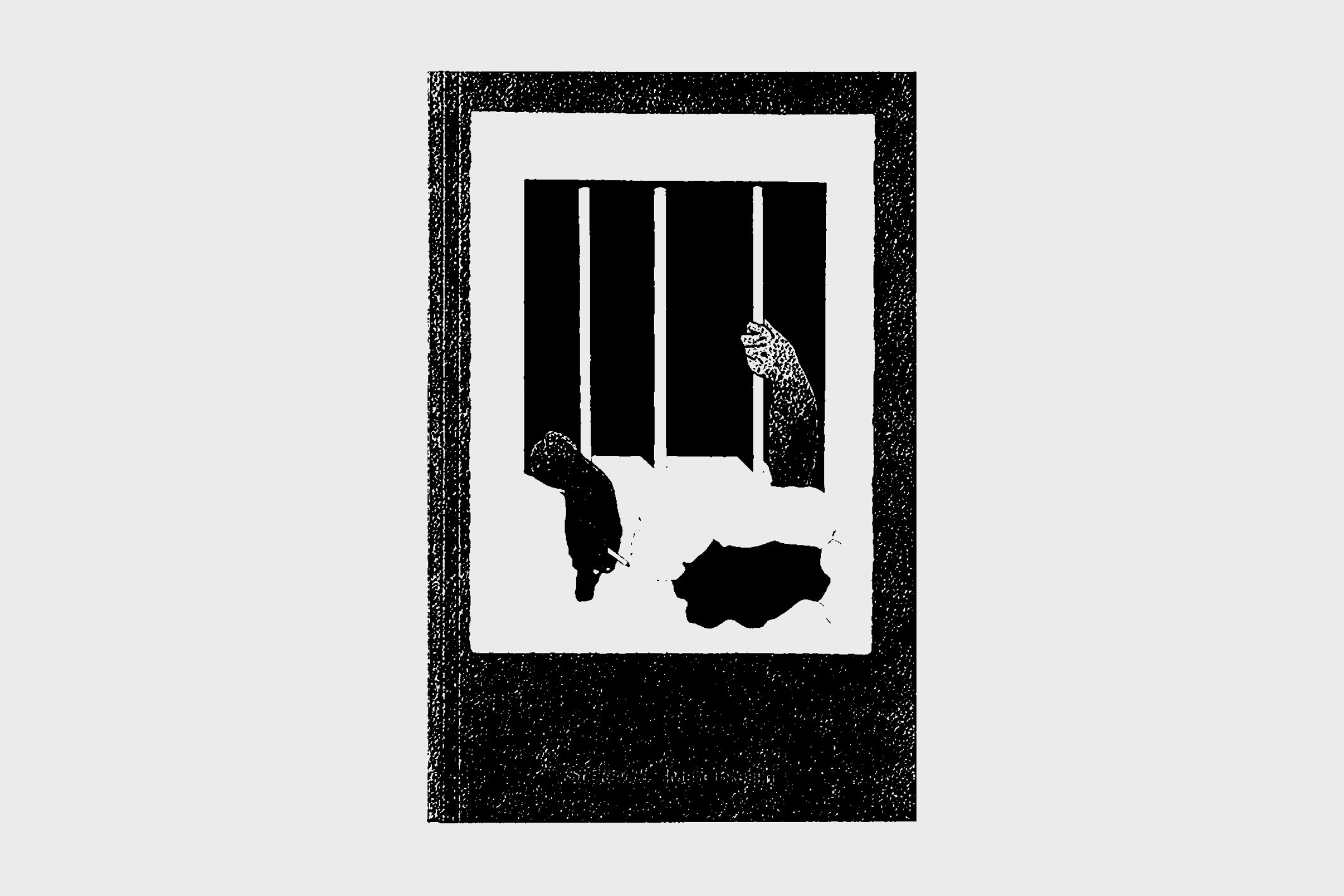
MARC BRESLIN
ON WRITING SHORT STORIES AND PAINTING. — 10.12.19
Marc Breslin (b. 1983, New York) is a painter and writer. He lives and works in New York City and Mexico City.
![]()
![]()
$15
Robert Morris Levine (for Zolo) I came across your Wikipedia page this morning: "Mark Breslin is a Canadian entrepreneur, stand-up comedian and actor best known for being the co-founder of Yuk Yuk's, the largest chain of comedy clubs in Canada. On December 29, 2017, he was appointed a Member of the Order of Canada by Her Excellency the Right Honourable Julie Payette, Governor General of Canada." Congratulations on your appointment.
Marc Breslin Thanks a lot. Sometimes it’s tough shaking the whole Canadian thing, but then other times it has great perks.
Z What did you eat for breakfast?
MB I was in Philadelphia this morning visiting my parents. My mother made a scone the night before. All sugar and butter. Some raisins. Delicious.
Z What did Peter Paul Biggums, from Sticksville, eat for breakfast?
MB Probably “skip” or cornflakes. Maybe just coffee.
Z Speaking of Sticksville, what parts of New York, where you were born and now live; Philadelphia, where you grew up; L.A., where you once worked; and Boston, where you studied, are in Sticksville? Is this a world that you had occupied before its writing?
MB I placed Sticksville next to Dia:Beacon in one of the stories so that I could talk about Donald Judd’s 1976 work, Untitled: the one that looks like a plywood fence but as you get closer it’s more like a wedge taking up the space behind it. Sticksville could be any town in the States. It isn’t a city.
I wrote “Derrick,” another story, in Costa Rica, so that one corresponds to that location. But I didn’t envision anything beforehand. I do recall at one point thinking that all of these stories could get tied together pretty easily under the hood, or under the umbrella of a shared town. So that’s how Sticksville kind of came into its own existence. I remember towns outside of the city in St. Louis that were called “Unincorporated” because they weren’t associated with any county.
“that’s how Sticksville kind of came into its own existence. I remember towns outside of the city in St. Louis that were called “Unincorporated” because they weren’t associated with any county.”
Z Sticksville is a place I think I know. An every-town. The stories take place between 1983 and 1995. Where were you then?
MB I was born in ‘83, so that made sense for their origins. That was New York, then West Virginia, Pennsylvania, and St. Louis. We bounced around for a bit. Fortunately I had great parents and two fantastic older brothers. That helped.
Z I'd like to know more about the making of Sticksville. What came first: the stories or the paintings?
MB The stories came first, for the most part. My buddy Robbie invited me to his house in Costa Rica to work while he was building his studio. So I made all the paintings there. I wrote “Derrick” there and maybe “Hello!”. Cleaned things up and organized the flow of stories. Ditched several, opting for the seven finalists. I started with “Peter Paul Biggums” and that set the tone. I wrote that in Mexico City last year.
Z How many short stories did you write in total?
MB I think I had twelve.
Z Have you written any since?
MB Yeah. I have several going. Their origin phases. Mostly characters and scenarios that get fleshed out and then go off the leash.
Z So this is a steady part of your practice.
MB I like to write. I like to look. I like to paint. I like to read, too. And play tennis. Skateboarding is fun. I like to fly and drive places. That’s kind of my “practice” but I’m mostly painting.
“I like to write. I like to look. I like to paint. I like to read, too. And play tennis. Skateboarding is fun. I like to fly and drive places. That’s kind of my “practice” but I’m mostly painting.”
Z In Sticksville the paintings illustrate the text. Do your stories and paintings always share this direct relationship?
MB The connections are less literal than they are in Sticksville. The paintings have their own narratives of which I’m not entirely conscious.
Z Do you write by hand? Or have you moved to the keyboard (or, worse yet, phone)?
MB Mostly the phone. It’s always there. Ideas come and go, you know? Coulda’ sworn I had a billion dollar idea a few times...
Z Does writing on the phone beget different ideas or style than, say, writing by hand?
MB I don’t know. I haven’t tried writing by hand in a while. But I am able to capture an immediacy on the phone that I’m sure one is able to elicit from the pencil. The phone lets me write on the road or on my lap. I don’t need a hard surface, for example, or even a sharp pencil.
Z You studied Literature at Boston College from 2001 to 2005. Were you a writer before a painter? Or have these always been connected endeavors?
MB I was writing poetry for a while when I was a little kid up through high school and college summer jobs. In Boston I studied Art History and Literature so I was mostly reading and writing. That was more clinical, I’d say, with the art history work. I enjoyed it.
After school I worked with Jenny Holzer for a while. That’s where I started painting. Jenny asked me to find the best way to make her paintings. I eventually had to try the methods myself. So that’s how I began. But even then with Jenny we were reading all of Beckett’s work, Bishop, and Szymborska, and lots of others. She liked how thorough I was. And I wanted to know what I was talking about. I also had to work with painters who had MFAs, telling them how to paint Jenny’s paintings. Eventually I was painting them with another guy, Ben Snead. He’s a good guy and a good painter.
Z Did Jenny’s use of, or sensibility towards, language shape yours?
MB Absolutely. Jenny makes powerful work, installs it very well, and has been doing it for a while. She’s heavy duty. Jenny manages to pack a lot in a little. She’s sharp and her words cut. If any of that is true for Sticksville then I’m a happy camper.
I also worked with Lita Albuquerque and Sharon Lockhart for a little. They’re great, too. I’m lucky to have worked with brilliant women. Shoutout to my mom who is an amazing writer and painter herself.
Z Has Jenny read your writing? Sticksville?
MB I haven’t sent her a copy. I need to. Been working nonstop. Thanks for the reminder.
Z Has your mom read Sticksville?
MB Yeah. She loves it. She’s going to read a portion of “Psychosluts From Hell” at Karma’s bookshop in New York. She’s pretty excited. What was your reaction when you read it?
Z I read Sticksville knowing that I'd have to edit it. I was dumbfounded.
MB Why?
Z To edit it well, I'd have to learn how each of the characters speak; those vernaculars are so particular. I had to method act before I could suggest a new word here, or a re-arrangement there. I was only able to read it, read it after the editing was finished.
MB That’s funny and great.
Z The most visible traces of literature (Sticksville aside) come in your exhibition titles: Casual curses are the most effective (2011), a William Burroughs quote; Don’t Wait to Be Hunted to Hide (2010), from Samuel Beckett’s Molloy.
MB It was fun to slide those in there. I love that “take into the air my quiet breath,” too.
Z Keats.
MB Yes and Beckett took that from Keats in this story where he’s writing about cooking a lobster. I love that kind of thing.
Z The self-referentiality? The quiet ode?
MB This kind of tip of the hat. Like nodding to the piano man.
“This kind of tip of the hat. Like nodding to the piano man.”
Z You have made several paintings that integrate text. In 2013 there was a series of oil and lead on linen works in which you erased writing. Whose writing was it?
MB That was my writing. I liked the tracing or mark-making that did.
Z I tried to decipher it. That didn’t work.
MB I would be incapable now, too.
Z In recent works—I Saw Uncle Louis (2017)—you’ve kept text legible.
MB I forgot about Uncle Louis. In the original painting he had this bag of gold and a look on his face that I’ll never forget. I wrote all these stories in Mexico City for a show with my gallery there, Karen Huber. I invited Karen over and forgot how weird all the stories were. I was embarrassed, actually. She loved them. Offered me a show. Those were portraits made from old Renaissance portraits. I wrote stories for each of the new characters.
Z Was the decision to maintain the legibility of Uncle Louis, and now publish Sticksville, a growing comfort with your voice? This is your first published fiction, isn't it?
MB Sticksville is the first. When I started the book my studio had just burned down in LA. My buddy offered me his place in Mexico City and I went there with the intention to work on these paintings and stories. I spent a lot of time drinking cappuccinos and eating chocolate croissants and writing. Mexico City feels like another home now.
Z Your painting changed in mid-decade—from the Sumi-ink abstractions of your Swing Set series (2015) to the oil and pencil works of A Pretty Little Laugh (2016) and You Must Have (2016). What happened in 2015?
MB I was living and working out of my studio in L.A., in Pico Union. I was kind of teaching myself how to draw. Those ink works were done with tape and other super cheap materials. I was figuring out some things. Those works on linen I made using oil and medium, like how I learned to paint, and then solid in-painting drawings. The objects in the paintings have various meanings to me.
Z Did your writing change alongside your painting?
MB I became more aware of the reader.
Z Which suggests that you intended to publish. Or write for someone besides yourself.
MB Yes. In the past I wrote press releases and other things like that knowing people were going to read them. But with Sticksville I was more aware of my reader, or the kind of reader who might read books and material that I also enjoy.
Z In the final chapter of Sticksville, Jamie Silverdreme and Chris Leftway beam “Hello!” into the sky. What would you say?
MB “Ring Ding Dong Ringuhding Ding Ding Dong.” What is there to say? I like that those kids just sent out a big, old “Hello!”. A friendly greeting. If you get something back then maybe a dialogue can ensue.
MARC BRESLIN INVITES YOU TO READ:
- Family Furnishings, Alice Munro
- Map, Wisława Szymborska
- Tenth of Decembe, George Saunders
- The Sellout, Paul Beatty
- The Left Hand of Darkness, Ursula K. Le Guin
